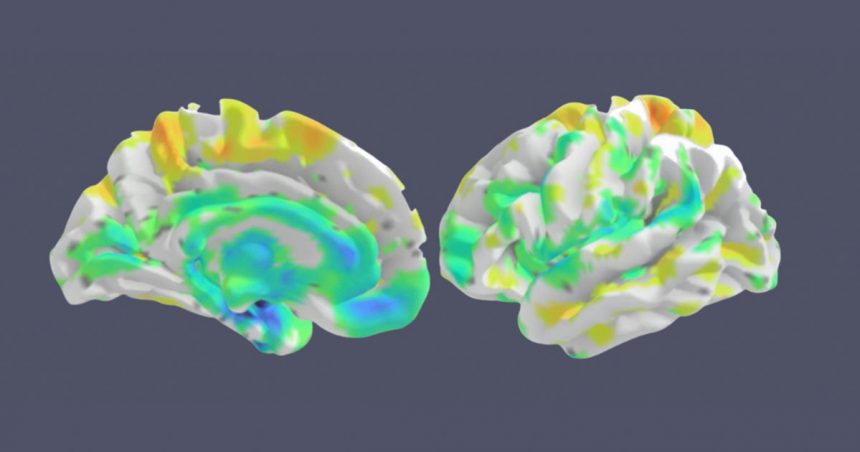A groundbreaking discovery in neurodegenerative research has unveiled a new form of dementia known as Limbic-predominant Amnestic Neurodegenerative Syndrome (LANS). This syndrome, often confused with Alzheimer’s disease, presents unique symptoms and progression patterns that set it apart from traditional Alzheimer’s cases. With a focus on individuals over 80 years old experiencing milder memory issues, LANS offers hope for more accurate diagnoses and targeted treatment options for patients.
Differentiating LANS from Alzheimer’s Disease

The challenge of distinguishing between LANS and Alzheimer’s lies in the unique brain changes associated with each condition. While Alzheimer’s is characterized by tau protein tangles affecting spatial awareness regions, LANS primarily targets the limbic system, impacting memory and emotional regulation. By understanding these distinctions, healthcare providers can offer more precise diagnoses and personalized care for affected individuals.
New Diagnostic Criteria

With the introduction of specific diagnostic criteria, clinicians can now differentiate LANS from Alzheimer’s more effectively. These criteria include a gradual onset of memory loss after the age of 75, progressive brain atrophy patterns visible on MRI scans, and preserved visuospatial abilities in LANS patients compared to those with Alzheimer’s. This framework enables early detection and targeted management strategies for individuals with LANS.
The Role of TDP-43 Protein

The presence of TDP-43 protein in the limbic system plays a crucial role in identifying and understanding LANS. This protein accumulation, also linked to Limbic-predominant Age-related TDP-43 Encephalopathy (LATE), highlights the importance of TDP-43 in diagnosing and tracking the progression of LANS. By focusing on this protein, researchers can enhance their knowledge of the disease and potentially develop targeted treatments for affected individuals.
Implications for Treatment and Patient Care

Identifying LANS has significant implications for treatment planning and patient care strategies. Due to its slower progression compared to Alzheimer’s, individuals with LANS may experience a different trajectory of cognitive decline. This distinction allows for tailored treatment approaches, targeted counseling for patients and families, and the opportunity for more focused clinical trials to explore innovative interventions specific to LANS.
Future Research Directions

Ongoing research is vital to enhance the understanding of LANS and its association with other forms of dementia. Investigating the role of TDP-43 and other biomarkers in disease progression can pave the way for innovative treatment approaches designed to slow or halt LANS advancement. Through collaborative research efforts, new possibilities emerge for improved patient outcomes and a deeper understanding of this complex neurological condition.
Conclusion

The discovery and classification of LANS represent a significant milestone in neurodegenerative research, offering new insights into memory-related disorders. By accurately differentiating LANS from Alzheimer’s, healthcare providers can deliver more targeted care and support to older adults grappling with memory issues. As further research unfolds, the potential for novel treatments and enhanced quality of life for LANS patients becomes increasingly promising.
Sources
- “Scientists Name New Type of Memory Loss Often Mistaken For Alzheimer’s.” Science Alert. Carly Cassella. July 30, 2024.
- “New criteria defined for memory loss condition often mistaken for Alzheimer’s.” Medical News Today. Corrie Pelc. July 23, 2024
- “Mayo Clinic scientists define new type of memory loss in older adults.” Mayo Clinic. Samiha Khanna. July 16, 2024.
- “Scientists define new type of memory loss in older adults.” Science Daily. Mayo Clinic. July 17, 2024.






